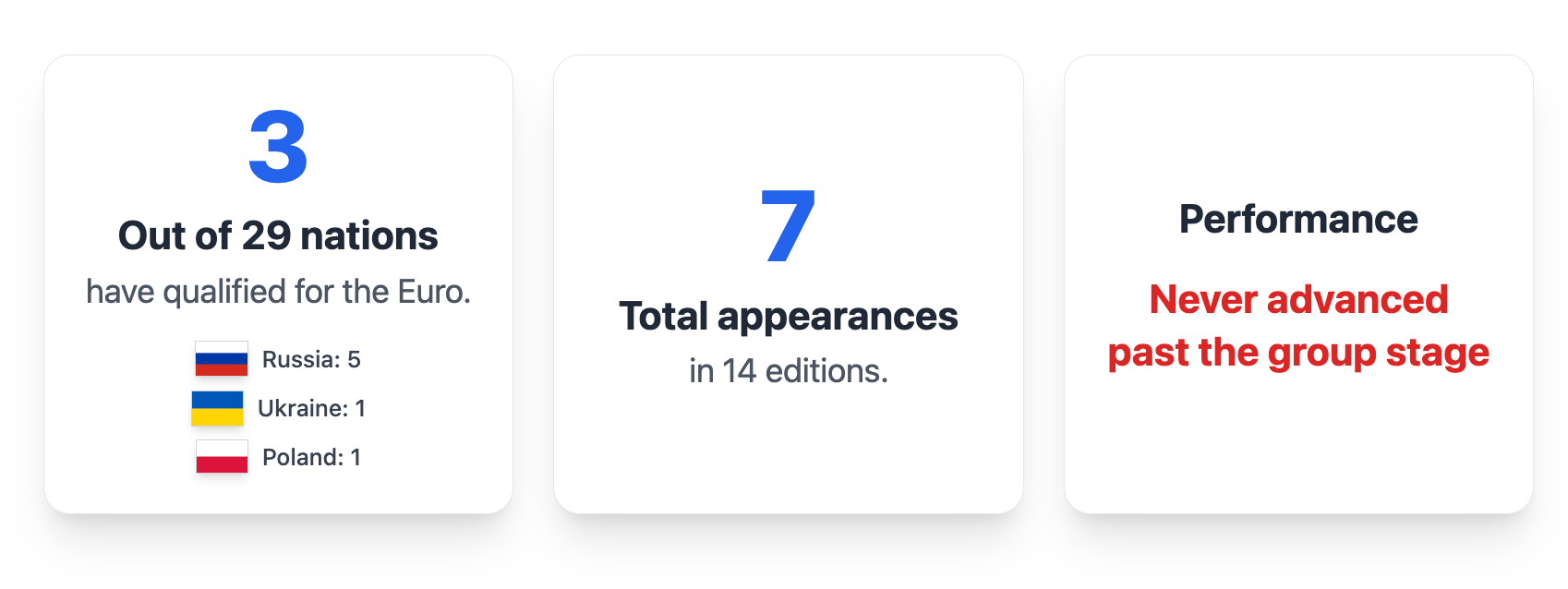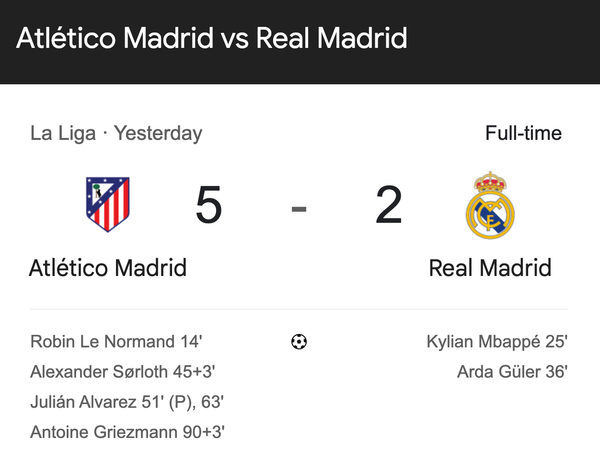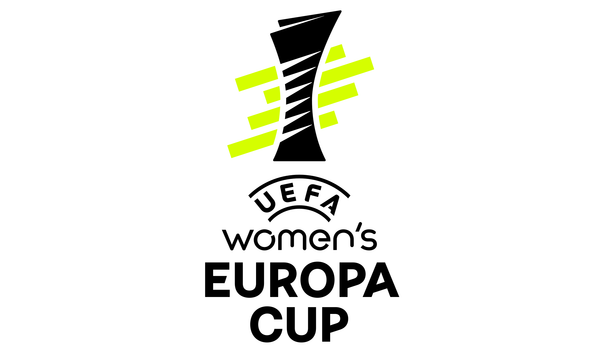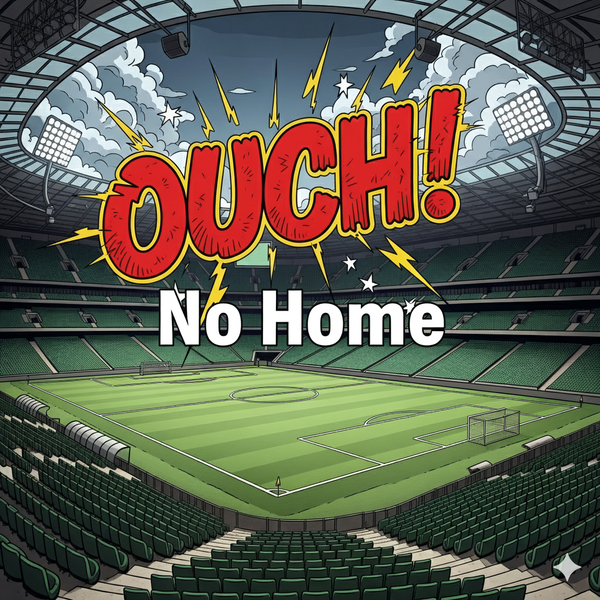The Great Divide: Why Women’s Football Is Thriving in the West, but Lagging in the East
"While Western women's football thrives on investment and global visibility, the Eastern half of Europe struggles to keep pace. This in-depth article explores the stark data behind the divide, the historical reasons for the gap, and the glimmer of hope for the future of the game.

As the UEFA Women's Euro 2025 kicks off, a critical issue remains largely unspoken: the vast chasm between women’s football in Western and Eastern Europe. While the West enjoys significant investment, professionalism, and global recognition, the East is struggling to keep pace. This stark divide is rooted in a complex mix of history, societal norms, economics, and institutional neglect.
The Data Doesn't Lie
The numbers tell a compelling story. Out of 29 nations in what is commonly considered Eastern Europe, only three have ever qualified for the UEFA Women's Euro: Russia (five times), Ukraine (once), and Poland, making their debut in 2025. In the 14 editions of the Women’s Euro since 1984, Eastern Europe has been represented just seven times, never advancing past the group stage.

The pattern is similar on the global stage. Only Russia has ever appeared at the FIFA Women’s World Cup, twice, reaching the quarterfinals in 1999 and 2003. Greece, as the host nation, is the only team from the region to have appeared in the Olympic tournament, exiting early without scoring a single goal in 2004.
The Club Scene Tells a Similar Story
The gap between East and West is equally apparent in club football. Only three Eastern European clubs have reached the UEFA Women’s Champions League group stages in the past four seasons:
- WFC Kharkiv (Ukraine, 2021-22): 4 points in 6 matches.
- Vllaznia (Albania, 2022-23): 0 points, 1 goal scored, 28 conceded.
- Galatasaray (Turkey, 2024-25): 0 points, 1 goal scored, 28 conceded.
While individual talents like Ewa Pajor (Poland, FC Barcelona) and Jovana Damnjanović (Serbia, FC Bayern München) prove that world-class players exist in the East, they are exceptions that highlight the problem. They must leave their home countries to achieve professional success, acting as a testament to the lack of infrastructure in their native leagues.


Ewa Pajor and Jovana Damnjanović. Source: Wikipedia.
Why Does This Divide Exist?
The reasons behind the struggle are multifaceted:
- Late Adoption of the Sport: Many Eastern European countries did not legalize or actively support women's football until the 1990s or later. The post-communist transition was marked by both opportunity and chaos, and few nations prioritized institutional support for women's sports.
- Persistent Societal Norms: In many parts of the region, especially in conservative or rural areas, traditional gender roles discourage women from participating in sports, particularly football, which is still often viewed as a "male" sport.
- Lack of Investment and Infrastructure: Few Eastern European countries have fully professional or even semi-professional women's leagues. Teams face chronic underfunding, players' salaries are non-competitive, and media coverage is minimal.
- The Talent Drain: The wealthy leagues of Western Europe act as talent magnets. Promising players from the East often leave their home countries early in their careers to seek opportunities in top leagues in Germany, France, Spain, or England.
- Geopolitical Disruption: With Russia suspended from UEFA and FIFA competitions following its invasion of Ukraine, and Belarus excluded for political reasons, two significant regional players are currently sidelined from international football, further hampering the region's overall development
A Glimmer of Hope?
Youth tournaments offer a more optimistic view. Recent U21 and U19 Euros have featured teams like Ukraine, Croatia, Romania, and the Czech Republic, and Poland debuted at the U17 World Cup in 2024. These moments, while modest, suggest that the foundations for future success are being built.
The new UEFA Women’s Nations League also presents a potential turning point. By providing lower-ranked teams with regular, competitive matches, the league offers a clear pathway for development. However, national federations must proactively seize this opportunity for it to make a real impact.

What's Next for Women's Football in Europe?
Will we ever see a future where the Women’s Euro features a strong contingent from the East? Can investment, societal change, and smart governance close the significant gap between Europe's two footballing hemispheres?
And what is UEFA's role in ensuring that women's football truly becomes a continent-wide sport, not just the exclusive domain of the wealthy West?
At Into The Match, we don’t just report on the game; we ask the difficult questions. Because football isn't only about goals and trophies—it’s about access, equality, and the power to shape a more inclusive future.






